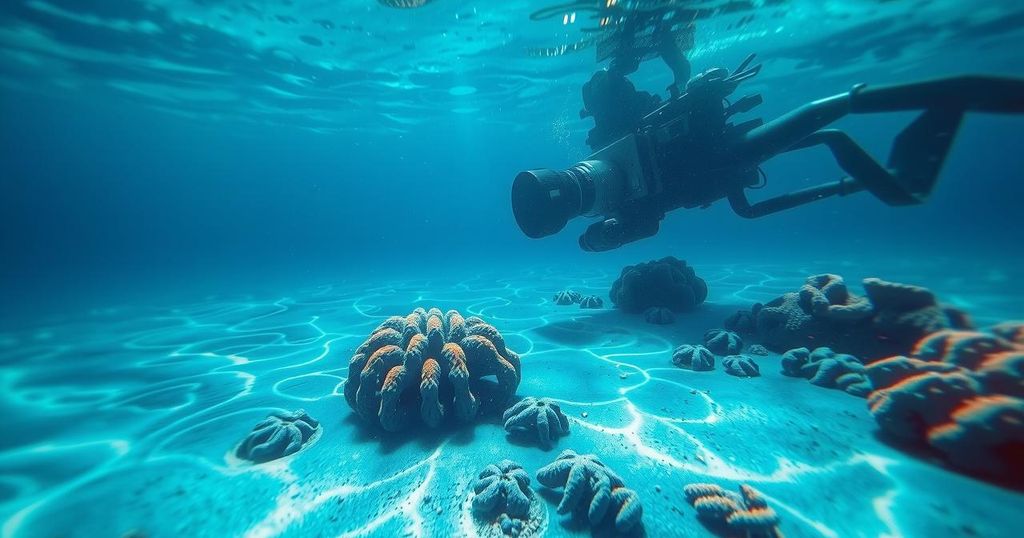A 7.6 magnitude earthquake near the Cayman Islands triggered initial tsunami warnings, which were later canceled after assessments indicated minimal risk. Social media circulated purported footage of the earthquake; however, it has not been verified. Tsunamis are primarily caused by underwater seismic activities that displace water.
On Saturday evening, a 7.6 magnitude earthquake occurred in the Caribbean Sea, south of the Cayman Islands, prompting initial tsunami warnings for several nearby areas. The earthquake struck at 6:23 p.m. local time, with a depth of 10 kilometers and the epicenter located approximately 130 miles to the southwest of George Town. Following rapid emergency responses, the tsunami alerts were eventually canceled as authorities concluded the anticipated disturbances would be minimal.
Social media platforms have been abuzz with claims of a viral underwater video allegedly capturing the earthquake in real-time. The footage purportedly displays seabed disturbances and marine life reacting to the seismic activity. However, there is no verified evidence from sources such as the U.S. Geological Survey and the National Oceanic and Atmospheric Administration confirming the authenticity of such videos.
Many users have pointed out that the circulated video is outdated and misattributed to the recent event, actually depicting an incident from 2023 in the Banda Sea, Indonesia. This highlights the need for cautious consumption of multimedia content circulated online, especially regarding natural disasters.
Tsunamis typically result from violent underwater earthquakes that displace substantial amounts of water. Other triggers for tsunamis can include volcanic eruptions, landslides, and meteorite impacts. As these waves approach shallow coastal waters, they slow and increase in height, leading to potential devastation in coastal areas. Monitoring systems track seismic waves generated by seismic activities to ensure early warning capabilities.
The recent earthquake near the Cayman Islands prompted significant public concern and excitement, particularly regarding the possibility of a tsunami. This event underscores the importance of understanding how tsunamis are formed, their impact on coastal regions, and the effectiveness of monitoring systems designed to detect and respond to seismic activity. In the digital age, misinformation often spreads rapidly; therefore, evaluating the credibility of online videos and posts is crucial in such situations.
In summary, the 7.6 magnitude earthquake near the Cayman Islands led to temporary tsunami warnings that were later canceled. Although social media has been rife with an alleged underwater video of the event, no official verification supports its authenticity. It is essential to approach such claims with skepticism and rely on credible sources for accurate information during natural disasters.
Original Source: www.soapcentral.com






